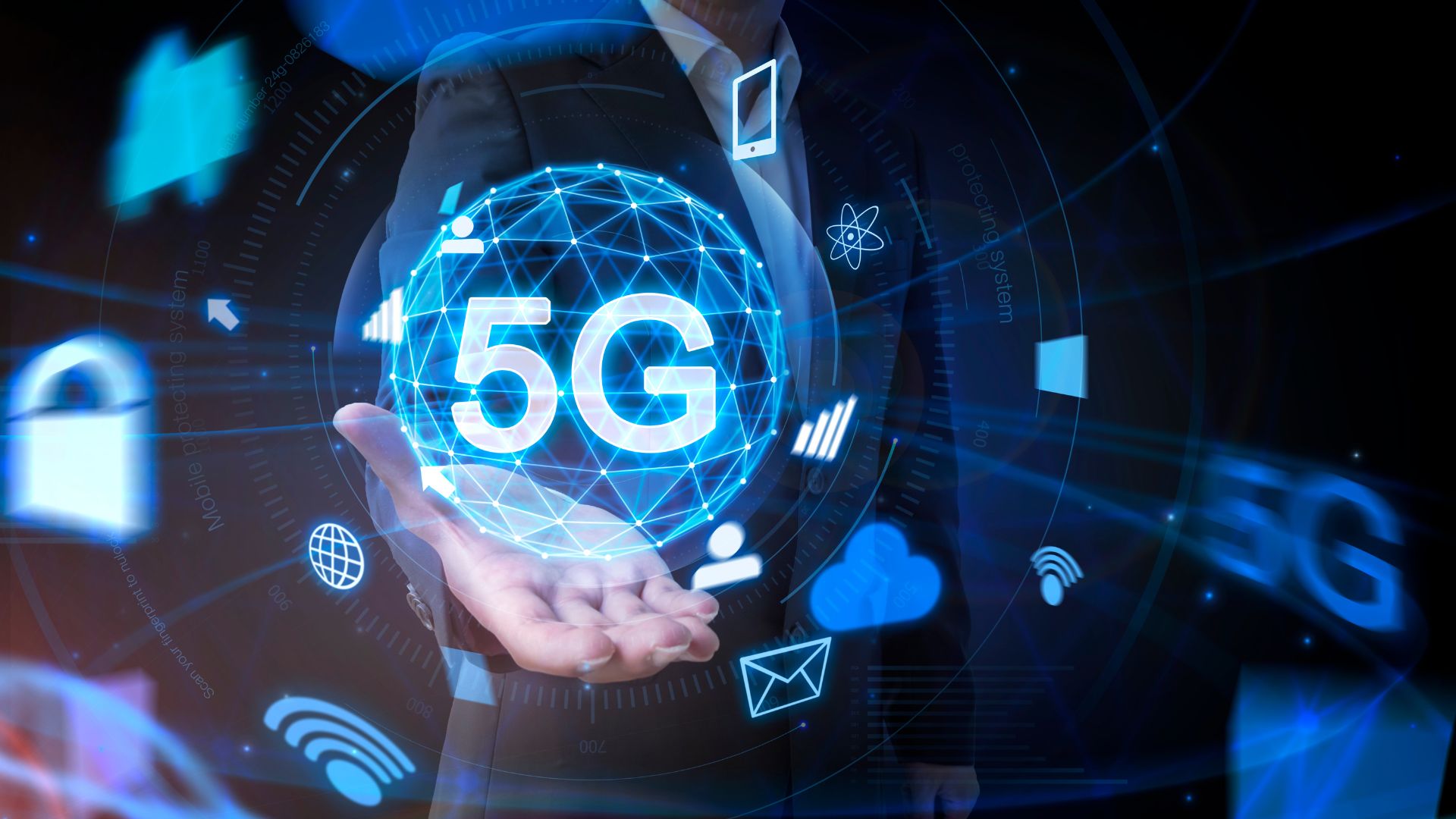The Impact of 5G on CMS-Driven Digital Experiences

The rollout of 5G technology is about to change how we create and interact with digital content. By leveraging the advanced capabilities of 5G, CMS-driven digital experiences can become significantly more dynamic, responsive, and engaging. This blog delves into the profound impact of 5G on CMS-driven digital experiences, explores the benefits and challenges of integrating these technologies, and looks ahead to what the future holds for organizations prepared to embrace this change. To provide a comprehensive understanding, we draw insights from recent reports and studies.
The Importance of CMS-driven Digital Experiences
CMS-driven digital experiences are essential for managing and delivering content across multiple digital channels. A Content Management System (CMS) allows organizations to create, manage, and optimize content efficiently. With the increasing demand for personalized and real-time digital interactions, CMS-driven experiences help maintain consistency, enhance user engagement, and improve overall digital strategy.
5G enhances these experiences by providing faster speeds, lower latency, and higher connectivity, enabling more interactive and seamless content delivery. This improvement is crucial for applications like live streaming, AR/VR, and real-time customer interactions, which demand high performance and reliability. These capabilities are essential for meeting the growing demand for engaging and immediate digital interactions.
How 5G is Revolutionizing CMS-driven Digital Experiences
5G technology brings several advancements over its predecessors, primarily through enhanced speed, reduced latency, and increased connectivity. For CMS-driven digital experiences, this means:
- Faster Content Delivery: 5G networks provide data transfer speeds up to 100 times greater than those of 4G, allowing smooth loading times and more efficient data management.
- Enhanced Real-time Interactions: With latency reduced to as low as 1 millisecond, 5G allows for real-time updates and interactions, essential for live events, AR/VR applications, and real-time customer support.
- Greater Device Connectivity: 5G can support up to 1 million devices per square kilometer, facilitating more complex and integrated digital ecosystems where numerous devices interact seamlessly.
Benefits and Challenges
Integrating 5G with CMS-driven digital experiences presents numerous advantages and significant challenges. Understanding these benefits and potential obstacles is essential for organizations seeking to leverage 5G technology effectively.
Benefits:
- Enhanced Performance: Faster speeds and lower latency improve the responsiveness and quality of digital experiences.
- Scalability: 5G's capacity to handle more devices and data supports the growth of digital content and services.
- Improved User Experience: High-quality video, AR/VR, and interactive media become more accessible and engaging with 5G.
Challenges:
- Infrastructure Costs: Upgrading to 5G infrastructure requires significant investment.
- Security Risks: Increased connectivity can expose more entry points for cyber-attacks, necessitating robust security measures.
Real-World Applications
Companies like Ericsson are at the forefront of leveraging 5G to enhance digital experiences. For instance, Ericsson's customer engagement systems benefit from 5G by enabling new services and streamlining processes. Smart cities and industries use 5G to improve public services, healthcare, and manufacturing through better connectivity and real-time data management. PwC emphasizes that 5G is essential for advancing smart factories, significantly enhancing manufacturing processes through automation, IoT integration, and real-time data analysis. These examples highlight the transformative potential of 5G across various sectors, paving the way for more innovative and efficient digital ecosystems.
Preparing for 5G Integration
Organizations can prepare for 5G integration by:
- Strategic Planning: Assess current infrastructure and plan for necessary upgrades. Consider the long-term goals and scalability needs of integrating 5G technology.
- Investment in Training: Educate staff about 5G capabilities and applications to ensure they are well-prepared to leverage the new technology effectively.
- Partnerships: Collaborate with telecom providers and technology partners to ensure smooth integration and maximize benefits. Forming alliances can simplify the complexities of 5G deployment and integration.
By taking these steps, organizations can ensure a seamless transition to 5G and fully leverage its capabilities.
Security Implications
The increased connectivity and speed of 5G also bring security challenges. Organizations must implement enhanced encryption, regularly update security protocols, and stay informed about evolving cyber threats. Regulatory compliance is crucial to ensure data privacy and protection in the 5G era. For instance, the healthcare sector, which handles sensitive patient data, must prioritize advanced encryption and compliance with regulations to protect against potential breaches. Robust security measures must be in place to mitigate the increased risks posed by the expanded network surface.
Future Trends
The future of 5G and digital experiences will see the extensive use of AI and IoT, enabling more personalized and automated content delivery. AR/VR technologies are expected to become more mainstream, offering immersive and interactive digital experiences. These advancements will significantly impact industries, from healthcare to entertainment, by providing more efficient and innovative solutions.
The synergy of 5G with other advanced technologies will propel the next wave of industrial productivity and digital innovation. These future advancements, driven by 5G, will continue to enhance the efficiency and engagement of digital experiences, making them indispensable for forward-thinking organizations.
5G: The Future of Digital Content
The integration of 5G with CMS-driven digital experiences promises to revolutionize how organizations create and deliver content. With faster speeds, lower latency, and increased connectivity, 5G enhances performance, scalability, and user experience. However, organizations must also tackle issues like infrastructure costs and security risks. By strategically planning and staying informed about future trends, they can fully harness the potential of 5G to transform their digital strategies and drive growth. Stay ahead of the curve by embracing 5G technology and transforming your digital strategy today.
Explore More:
- Unleashing the Power of CMS: Elevating Your Digital Presence - Discover how a robust CMS can elevate your brand's digital presence, ensuring consistency, efficiency, and engagement across all channels.
- Scaling Digital Experiences: A Strategic Guide to CMS Solutions for Enterprise - Learn how to strategically scale your digital experiences with advanced CMS solutions designed for enterprise-level demands.




